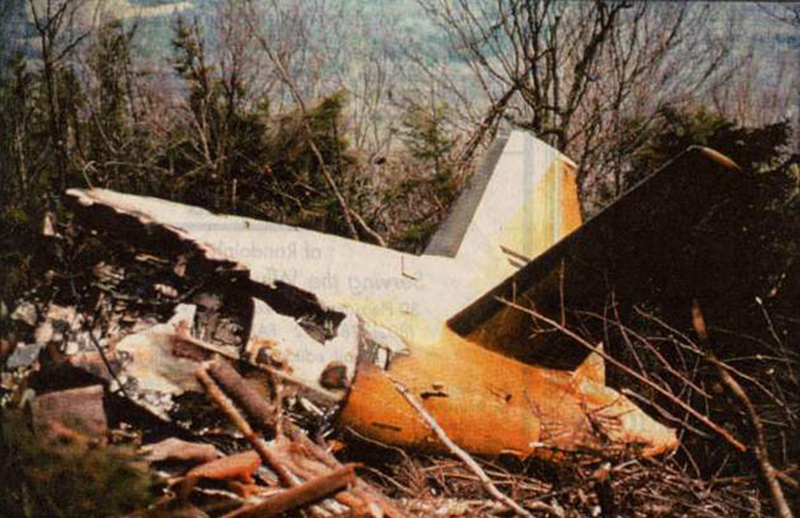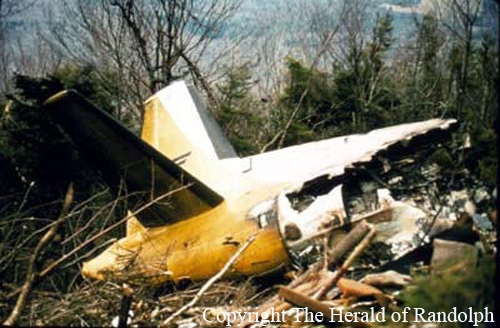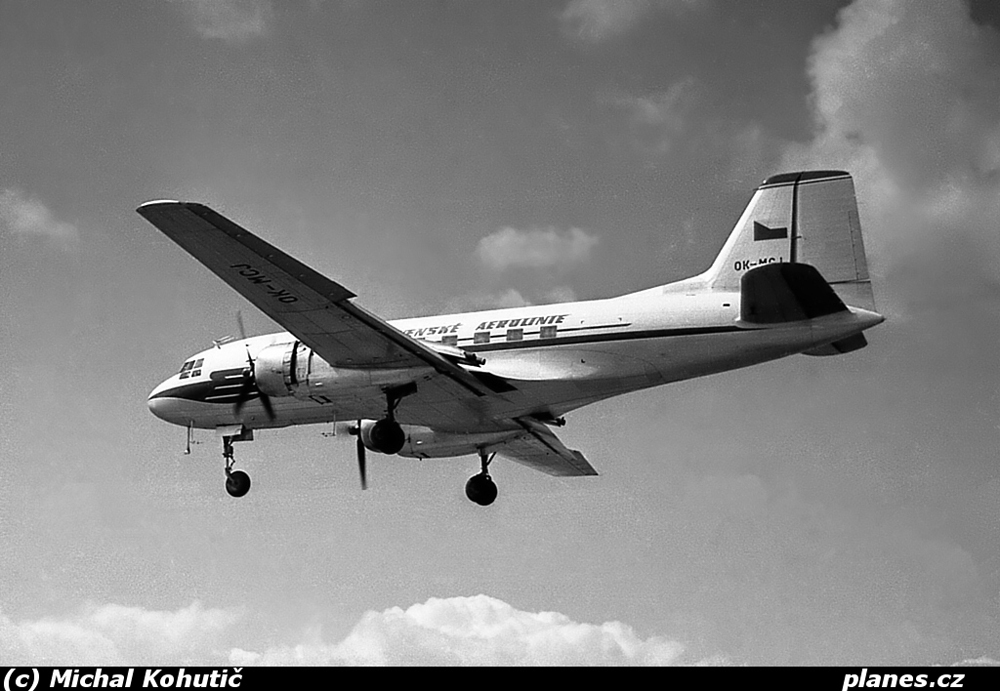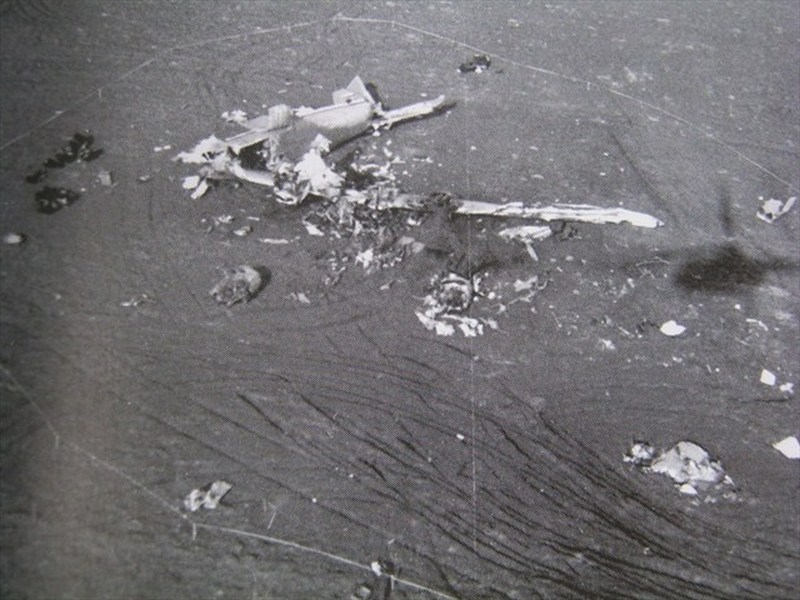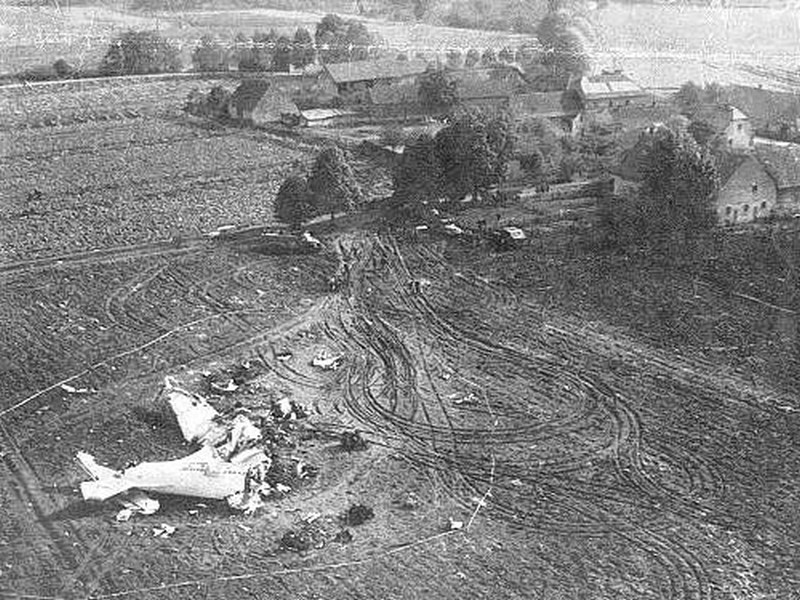Crash of a Rockwell Aero Commander 680 in Barrow: 7 killed
Date & Time:
Nov 21, 1968 at 0954 LT
Registration:
N3810C
Survivors:
Yes
MSN:
680-750-40
YOM:
1959
Crew on board:
1
Crew fatalities:
Pax on board:
7
Pax fatalities:
Other fatalities:
Total fatalities:
7
Captain / Total hours on type:
41.00
Circumstances:
Shortly after takeoff from Barrow Airport, while in initial climb, the right engine failed. The pilot lost control of the airplane that stalled and crashed in flames. A passenger was seriously injured while seven other occupants were killed.
Probable cause:
The accident was probably caused by the combination of the following factors:
- Failure of the right engine for undetermined reason,
- Improper operation of flight controls,
- Improper operation of powerplant,
- Improper emergency procedures,
- Inadequate preflight preparation,
- Improperly loaded aircraft-weight and CofG,
- Aircraft allowed to enter condition of asymmetrical thrust,
- Aircraft overloaded by 475 lbs.
- Failure of the right engine for undetermined reason,
- Improper operation of flight controls,
- Improper operation of powerplant,
- Improper emergency procedures,
- Inadequate preflight preparation,
- Improperly loaded aircraft-weight and CofG,
- Aircraft allowed to enter condition of asymmetrical thrust,
- Aircraft overloaded by 475 lbs.
Final Report:




